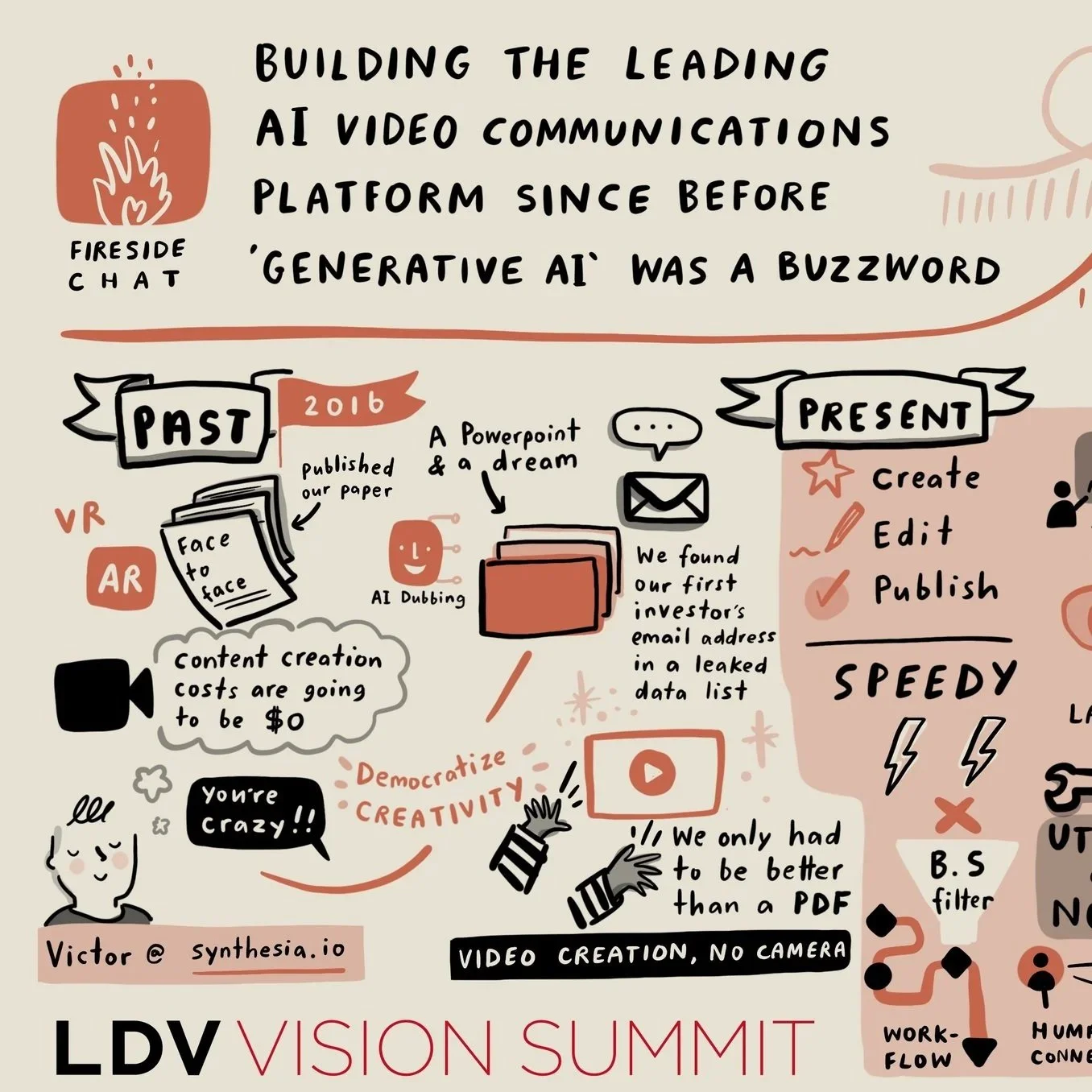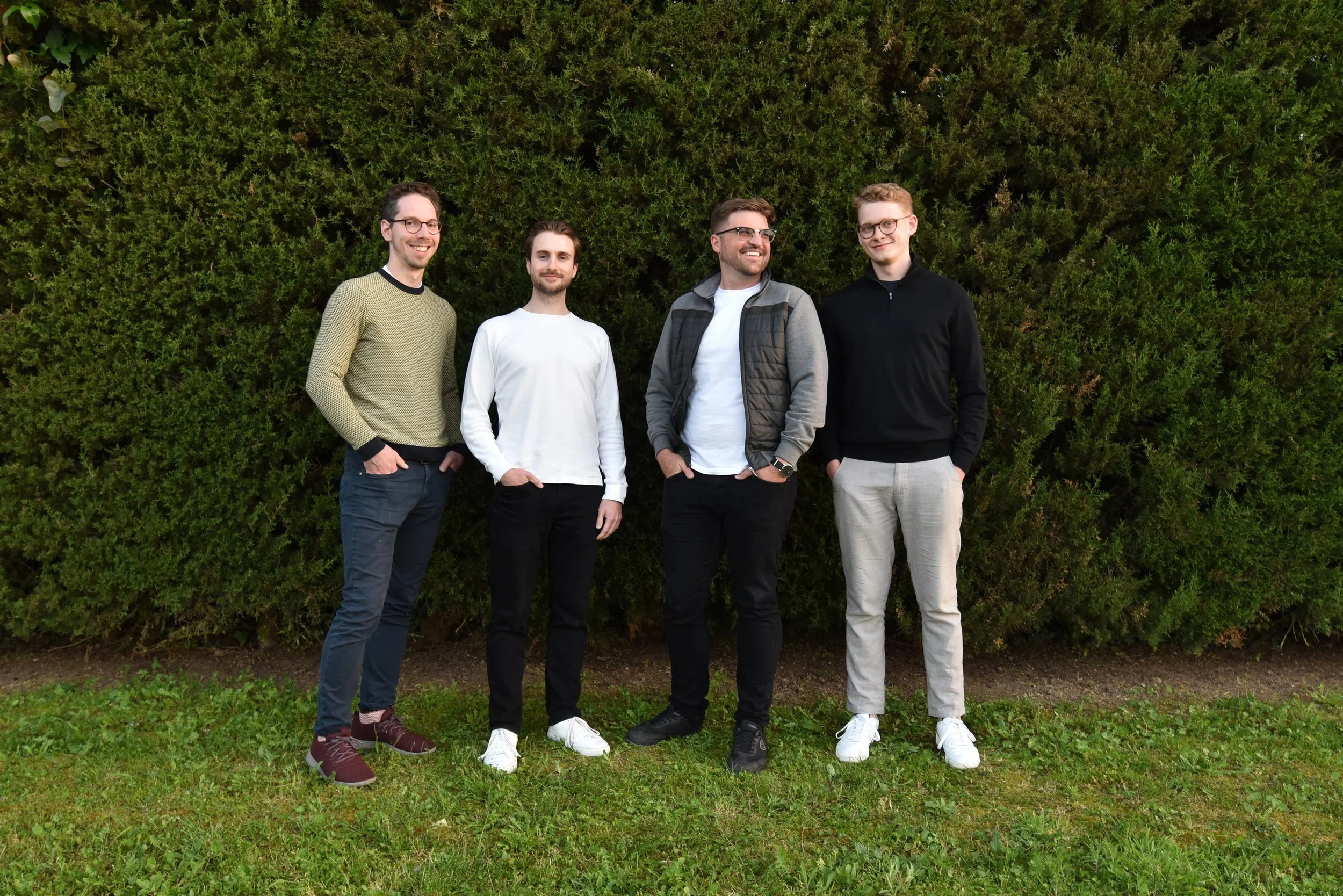Visual Tech Is One of the Key Ingestors of Data That Is User-Friendly for Web 3 Use Cases
/Wendy Xiao Schadeck is a Partner at Northzone, based in New York, and focuses mainly on companies in the consumer, health, fintech, developer and web 3. Her portfolio includes Spring Health, Magic Labs, Livepeer, Gro Labs, 3Box/Ceramic Protocol, OpenZeppelin/Forto Protocol, and three yet-to-be-announced companies, in-home services, dev tools, and consumer fintech.
Prior to Northzone, Wendy founded co-working and childcare company CoHatchery and consulted for retail/transportation companies at Kearney and Accenture.
At our 8th Annual LDV Vision Summit, Wendy will join a panel of top early-stage VCs to discuss the visual tech trends revolutionizing business and society. In the lead-up to the Summit, we had the opportunity to ask Wendy a few questions about this topic.
Evan: You do a lot of thinking, writing out loud and investing in Web3 – including authoring Northzone’s Crypto Investment Thesis back in 2018. What do you see as the major intersection between Web3 and visual tech?
Wendy: I think a lot of the discussion around web 3 (or the future of the web in general) has been around the more structural elements: data, infrastructure, economics, etc. However, as humans, we want our experience of the web to be hugely improved – our experience is defined as how we input and ingest data from the web. A lot of that is still driven by web 1 models – filling in forms and clicking on boxes with captions under them. Web 2 interactions are more like swiping and videos.
I see visual tech as one of the key ingestors of data that is very user-friendly for lots of web 3 use cases.
Evan: What is one Web 3 & visual tech opportunity that you are really bullish on? What is one that you think is totally over-hyped?
Wendy: I think every cool thing that’s ever happened in Web 3 has also been incredibly over-hyped, but that’s almost what makes it cool at this point. I think in terms of visual tech being applied to web 3, we are still early because a lot of the talent hasn’t moved over yet, but I expect to see a lot more soon. Right now we are still learning more about how enabling tools help web 3 builders build better organizations and the first types of consumer apps.
Evan: You’ve written about how you think that today, especially thanks to the tech-driven nature of our lives, there are tremendous business opportunities around “eliminating deadweight loss” than ever before. Could you explain what you mean by that in the context of your investments in visual tech companies like Livepeer and/or Spring Health? What is an example of another opportunity that you haven’t found the right investment in yet?
Wendy Xiao Schadeck at SLUSH 2021
Wendy: I think any company that helps to capture externalities thereby growing the pie of the market in which they operate is a good example of this. In Livepeer’s case, there’s a lot of negative externalities from AWS being such a dominant player in this part of the value chain such that startups have to pay so much to get started with live streaming infrastructure, which by definition has to scale pretty elastically at the get go because you never want a live stream to blow up but then people being denied service. Livepeer reduces the cost to get started by allowing startups to pay for perfectly elastic infrastructure at commodity prices (1/10th of what AWS offers), basically only what they need to use at any given broadcast. This helps to open the door for experimentation for live video apps.
Similarly, mental health has had such a huge impact on organizations’ performance, especially over the past couple of years, but it hasn’t really been captured or accounted for. Spring Health helps employers recognize the impact of mental healthcare within their employee base, and they can even help companies quantify the ROI on their overall productivity and healthcare spend.
Evan: You do a lot of work with your portfolio companies around hiring and empowering women within their ranks, even at the earliest stages of growth. Why do you think that gender ratios are important to focus on even as a pre-seed or seed-stage company?
Wendy: Absolutely, such core parts of companies are formed at the seed stage (gender balance, values, culture, EQ, etc.), and these parts will be the template upon which the future scaled organization will be built. Once these things are set in motion, they are usually very difficult to change because they radiate subconsciously from the early team. The diverse co-founders/early employees will naturally hire more diverse people; there is also a compounding flywheel effect.
Evan: What are you most looking forward to at our 8th annual LDV Vision Summit?
Wendy: Very excited to absorb and learn from all the wonderful speakers and companies!























